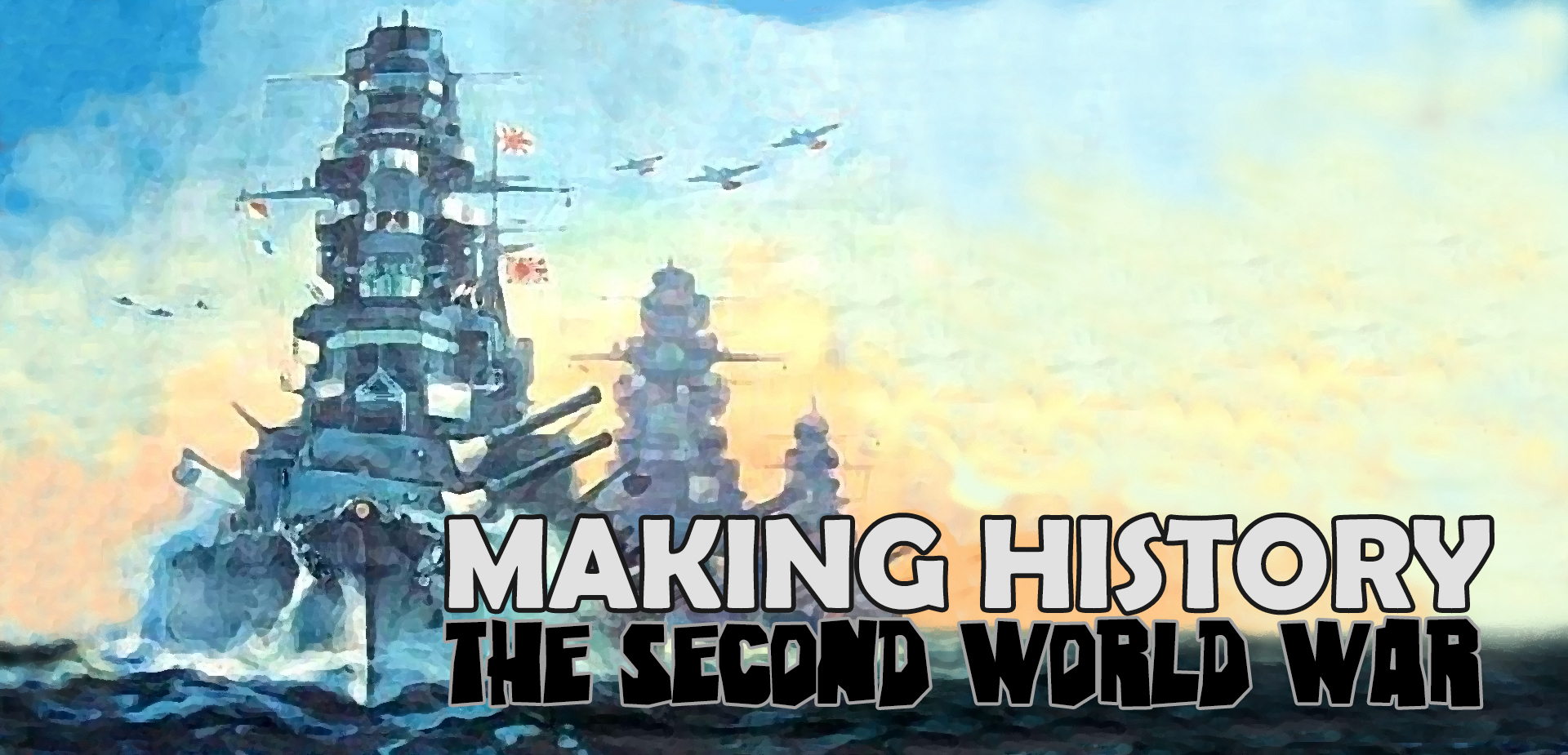
A new need that developed just before the war was to return Army ferry pilots to the United States from overseas delivery points. Filling the Need For a Four-Engine TransportĪlthough little thought had been given to military air transportation in the 1920s and 1930s, by 1940 the War Department was starting to recognize the need for long-range transports, primarily to provide transportation for government officials and important dispatches to the far-flung regions of the world. Initial purchase costs were more than half a million dollars in 1940, and even though production costs dropped the cost per airplane was still more than a quarter of a million dollars in 1945. It was also one of the most costly, second only to the Boeing B-29 Superfortress bomber in cost per model.

Army Air Transport Command and was perhaps the most important airplane to come out of the war. In the interim, the C-54 had become the workhorse of the U.S. It was not until 1942 that the new airliner was ready for its first flight, and by that time the country was at war.Īll the DC-4 production that had been ordered by the airlines was appropriated for military use, and it was not until the end of the war that the four-engine transport finally put on airline paint. Instead, the company decided to develop and market the basic DC-4, an unpressurized all-metal four-engine monoplane with transoceanic capabilities and a design that would be far less expensive than the pressurized model the company had originally envisioned to compete with Boeing’s Stratoliner. The original design, later designated as the DC-4E, featured a pressurized cabin to allow high-altitude operations in relative comfort, but the design was too expensive for the cash-strapped airline industry of the Depression years and was put on hold. The C-54 was the result of a prewar civilian design that the Douglas Aircraft Company developed as a successor to its highly successful DC-3. At the beginning of World War II, the globe seemed huge-covered by thousands of miles of ocean and uninhabited land mass, but by the time it ended everything had been brought closer together, thanks largely to the four-engine transports of the United States Army Air Transport Command, particularly the Douglas C-54 Skymaster.īy mid-1945 the C-54 had come to symbolize the modern international airline system, a system that linked the entire world and reduced travel times from weeks and months to days and even hours.


 0 kommentar(er)
0 kommentar(er)
